A shapeshifter keeps barging into my current novel. Even though I love 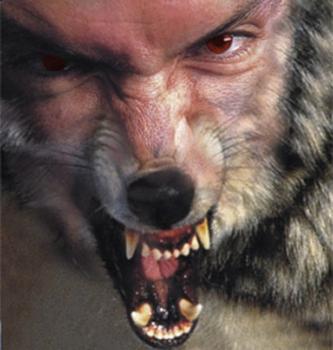 shapeshifter mythology, I’ve been reluctant to include this one. Why? Because of The Law of Archetypes. Okay, it may be an unwritten law, but some folks seem to hold to these laws tenaciously.
shapeshifter mythology, I’ve been reluctant to include this one. Why? Because of The Law of Archetypes. Okay, it may be an unwritten law, but some folks seem to hold to these laws tenaciously.
By way of example: I happened to describe to someone what I needed this particular shifter to do in my novel. And they responded,
“A shapeshifter wouldn’t do that?”
Huh? Who says?
Well, apparently there is a law for fictional archetypes. Such familiar characters as
- Dragons
- Trolls
- Vampires
- Zombies
- Angels
- Orcs
- Witches
are bound by these laws.
Many moons ago I posted on this subject at Novel Rocket in a piece entitled The Good Vampire. My thesis: If vampires are fictional constructs, then why can’t they be good? Vampire mythology is shaped largely by superstition, folklore, gothic literature, and pop culture. Therefore, it remains in flux, unmoored, largely freed from factual constraints and rife for further tweaking. So why not tweak it?
But one commenter invoked The Law of Archetypes:
My biggest nit with reclaiming vampires is that traditionally, they have stood with witches, black dwarves, orcs, dragons, etc. Vampires as sympathetic figures is a 21st century twist. Its presence in children’s lit (and it’s BIG) means setting common morality on its head–screws knight vs. dragon for knight and dragon BFF. This leaves huge marks on kids’ ever-evolving moral education. Subtly and by implication only, they’re taught that “bad” and “good” have permanent quotation marks.
In other words, vampires, dragons, and witches have existed in tales for centuries, “have heavily influenced millions of children, not didactically, but through symbols and metaphors and archetypes… have not altered from one generation to the next (until now)… [and] have preserved a moral standard.”
Granted, this commenter contends we should maintain fictional archetypes — at least, in fairy tales — on moral grounds. Dragons have always represented Evil to our children. So by tweaking the archetype, we confuse any sense of Absolute Morality.
Of course, some appeal to The Law of Archetypes not on moral grounds at all, but on the grounds of fictional cohesion, mythological congruity, or something. Every fictional world creates its own laws… laws which it is bound to. Smaug, Doctor Who, Jason’s Argonauts, and Count Dracula simply cannot do or be certain things. They are bound by the laws of their world. So as much as I’d like to tinker with zombies, I’m bound by the Law of Archetypes.
Which leaves my poor shapeshifter in the lurch.
Question: How much freedom does an author have to re-imagine fictional archetypes, especially ones that preserve a moral standard?


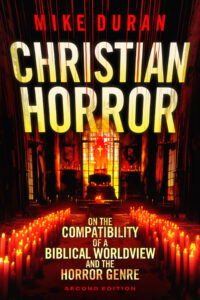
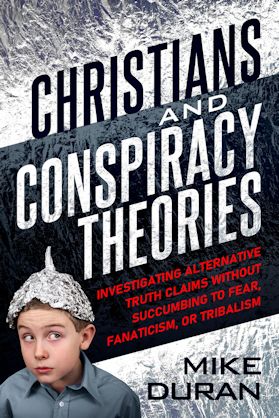
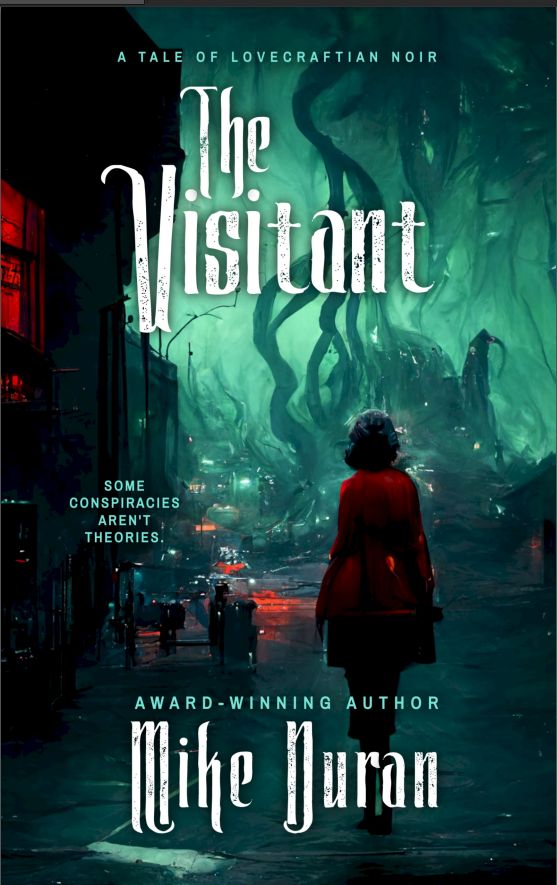

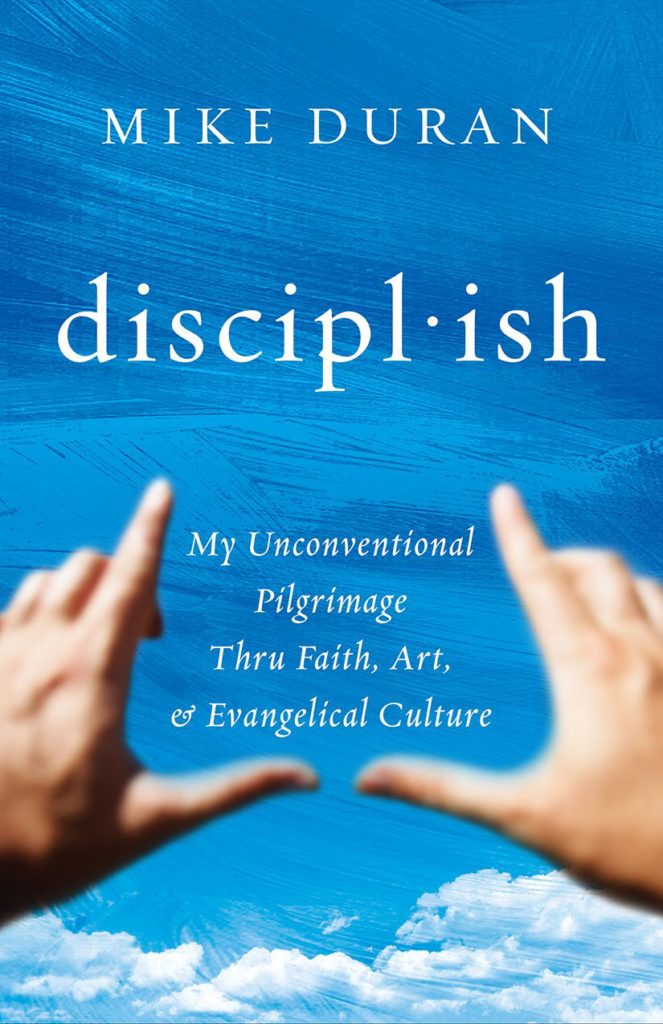
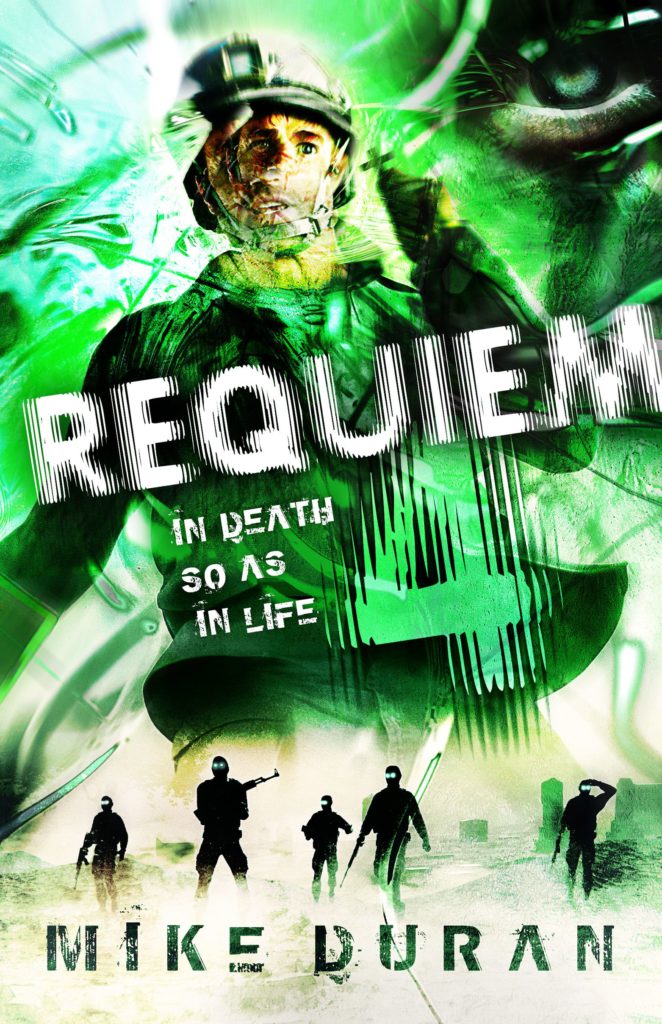
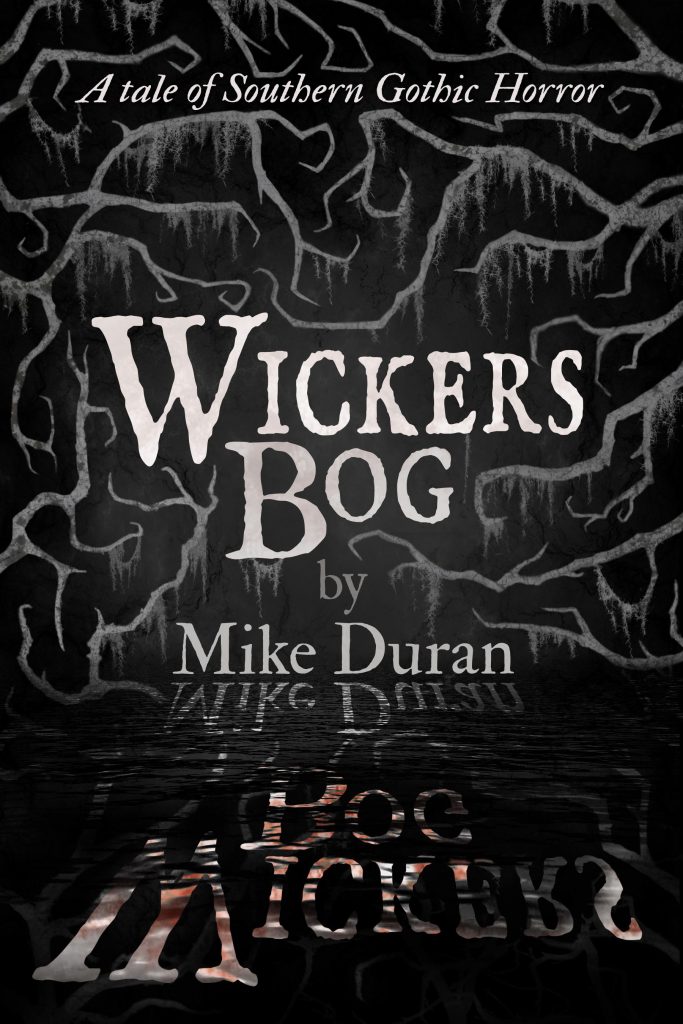
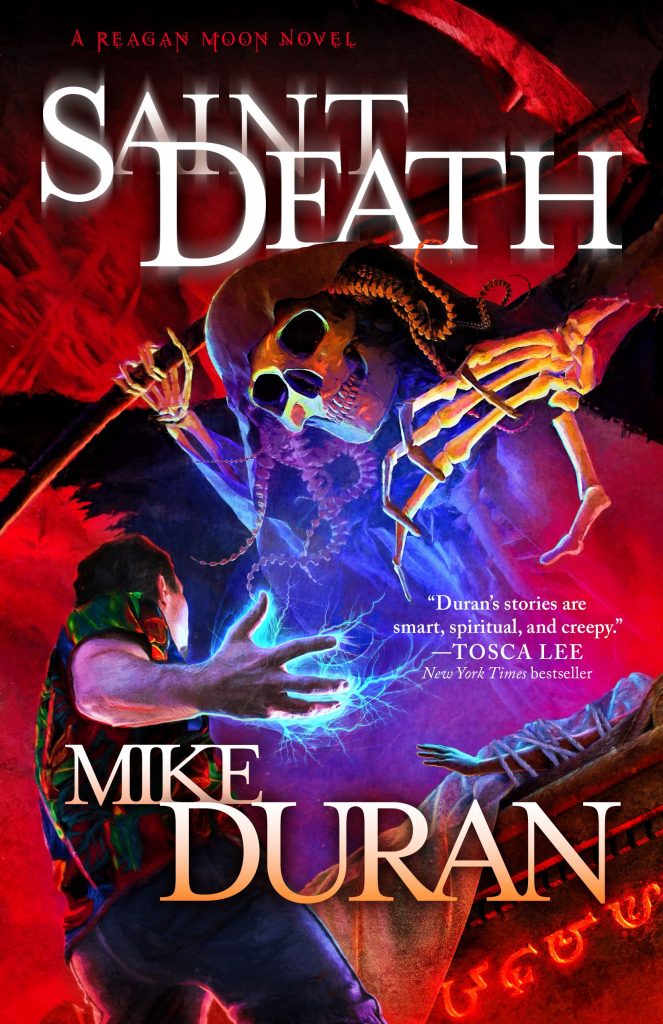
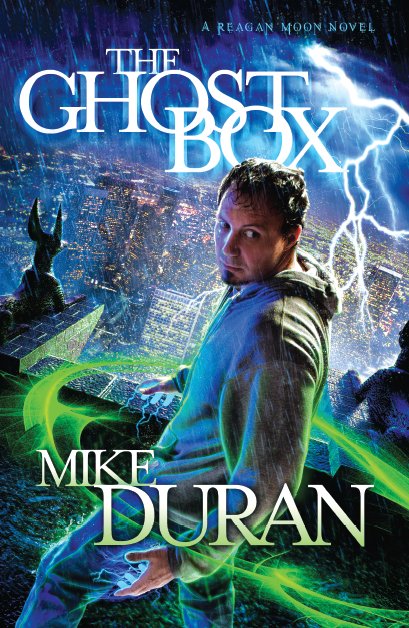
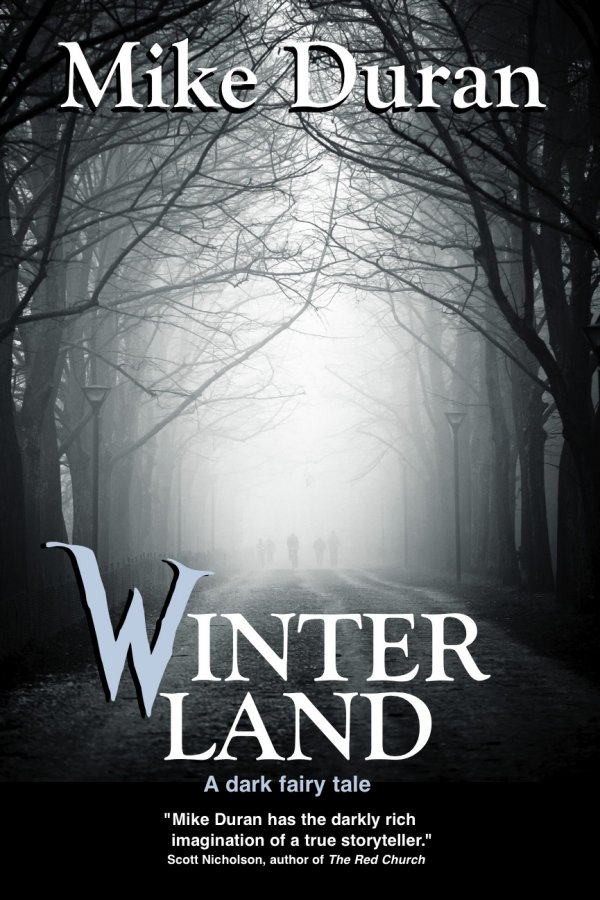
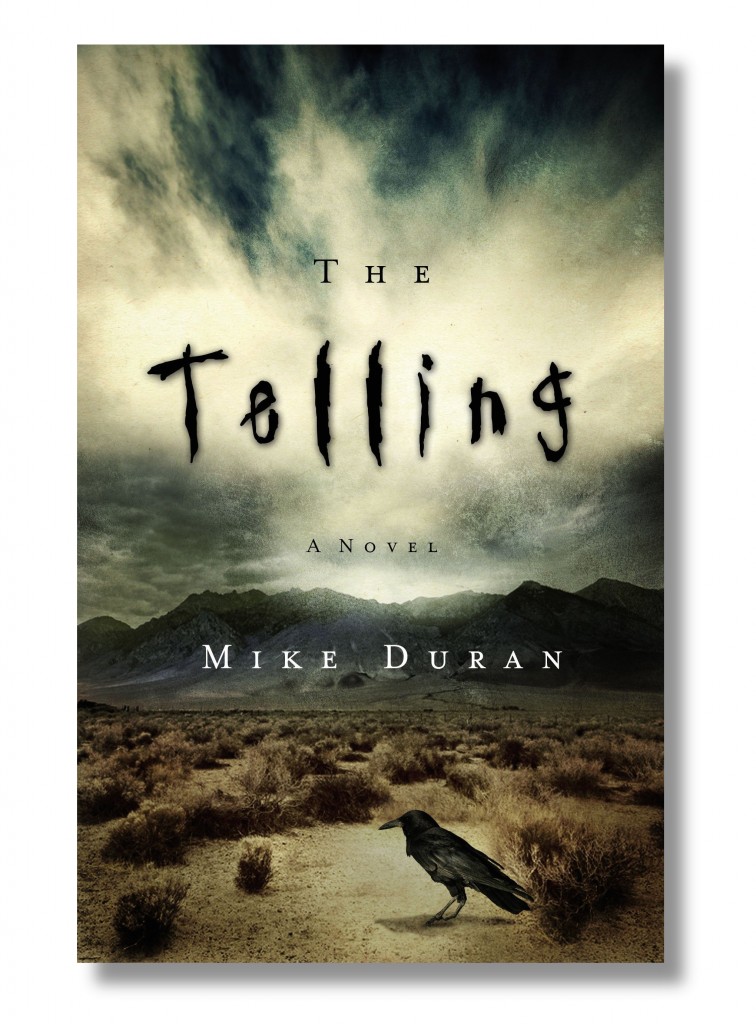
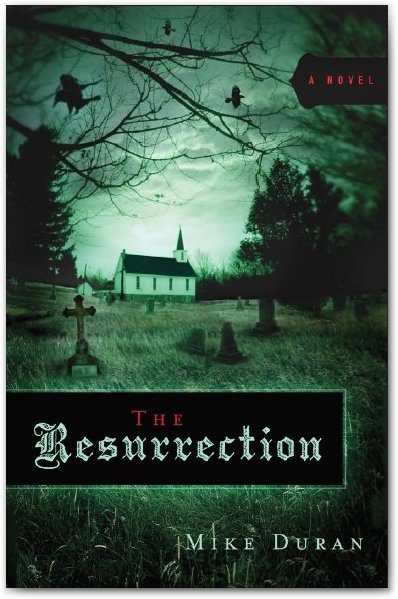
It’s my old maxim – all you need for permission to break another one of these unwritten laws is to be brilliant in your execution.
There’s actually a lot of wisdom in your quote, Johne. Some people break rules and it backfires because they do it all wrong. Some break rules at just the right time in just the right way and they’re famous.
Authors can do whatever they want. Archetypes are asking to be tweaked, if not outright broken. Jesus broke so many archetypes they decided to kill him for it.
Consider that in many of His parables (Samaritan, Prodigal, Levite praying) it’s not the usual good guy who is heroic/sympathetic, but the Other guy who we wouldn’t normally think is deserving of heroic status/sympathy.
I agree with Johne. Do it well and no one will care.
As for the moral question…I won’t vampires because they suck blood and I don’t care if they abstain from human blood, they gross me out.
But good dragons and good vampires simply teach us to look on the heart and not on the outward appearance. I don’t think that twisting those things make children believe that there is no absolute definition of good and bad. You are good if you act good and bad if you act bad. There’s nothing wrong with them learning that.
Dragons are evil? Pfftt! Not my dragons. My novel–for kids/teens, mind you–has dragons for pets. Why? Because when *I* was a kid I thought they were so cool and I got *tired* of them being killed by the good guys! I wanted one as a pet, so I give my characters pet dragons :). (Oh, wait, I still think they’re cool and I still want one as a pet!)
I’ve written several short stories with archetypes turned upside down. For example, I wrote a short for a horror anthology called “Dark Heroes”–where EVERY story had to have a monster playing the role of hero. Mine was a werewolf.
It can work in reverse, too. Literature usually presents centaurs as such noble creatures. I can’t stand them, personally. They have two torsos. That bugs me. How can that possibly work? No. In my stories, centaurs cannot exist because they’d be considered aberrations, for no other reason than I think whoever came up with centaurs needs a smack in the head–and an anatomy lesson.
Anyway, I’m also working on a novel that turns a lot of stuff up-side-down, and I worry that I’ll never find a home for it because of that. I suppose we shall see. I gotta finish the durn thing first, though :P.
Oh, I just read a story last night about why dragons make really bad pets, and why the U.S. outlawed them (worse than mongooses). InterGalactic Awards Anthology Vol. 1
Trinity County, CA by Peter S. Beagle. Great story!
Don’t use archtypes! Everybody’s used them before and they’re old and tired. Don’t let people dictate that to you. Making vampires good is interesting to us now because we’re so tired of seeing them evil. Inverting the archtype makes for fun reading. (And vampires tend toward angst because of struggling against their fleshly desires. Hmm, remind you of anything?)
So, I’m really curious about your shapeshifter and how he goes against the archtype.
I’m fairly well read in the SF / Fiction genre – I wasn’t aware that shapeshifters had one-note archetypal limitations. I can think of examples where they are both protagonists and antagonists. (Of course, if you don’t count anything after, say, 1970, that list does change, so it may be something that’s changed over time.)
I usually suggest to writers that if if they want to “break rules,” they need to do it in their own world. If you set vampires, for instance, in the same world (and mythos) created by Stoker, then readers will be miffed if you break the “rules.” If you carefully build your own world, then the creatures may look like vampires, but they operate on whatever system you pull together. That’s why Charlaine Harris’s vampires work so well, and readers adore them. I’d say take that shapeshifter of yours and turn him (her?) loose to find his own way in your book. Listen to the muse.
Things mean things. Symbols work in powerful ways in our subconscious–on a level that most of us don’t even notice. When a book or film twists archetypes, I have to understand why. Sometimes it leaves me with a very unsettled feeling inside. But this is more on the line of the good witch or the friendly dragon–why does the dragon represent good suddenly? In ancient mythology, dragons represent evil. They’ve always represented evil. Even the stars above us bear witness to this ancient symbology of the dragon as the evil loser in the cosmos. I’m not such a black and white thinker that I would never accept these role reversals, but it had better be done for a purpose and done well. As far as petty rules go, I don’t hold to them, nor do I possess an intimite knowledge of them. Troll mothers don’t, for example, have to name their offspring using anus as a suffix (I admit I was one of the few who watched Gentlemen Broncos numerous times).
Several cultures’ dragons are actually used as symbols of good fortune. The Chinese are a very prominent example. Even when they are seen in an antagonistic light, the variety of evil they represent is hardly universal. Sometimes they represent chaos and the disorganization before mankind, like Tiamat in Babylonian myth. Other times they are an expression of personal evil, like in Medieval Christian symbolism. Other times they can be tied to great natural power in places or seasons (Native Americans, Incas, and the like).
Dragons are not “always” a symbol of evil. Even in Scripture they are invoked as creatures that can carry out God’s judgement (I think there’s a prophecy about Babylon becoming a den of dragons when it is destroyed). Symbols are so much more versatile than that.
John, I have extenively researched dragons in various cultures around the world. I could write a dissertation on them, but my comment wasn’t meant to go into that much depth on dragons and the nuanced kinds of darkness/evil they represent. And of course there are exceptions. The Asian world, in many contexts, views symbols in different ways to the Western world. But in our culture and the ancient cultures that came before us, dragons are symbolic of darkness, death, chaos, and curses. This is true in the most ancient of zodiacs (I’m talking much more ancient than Greek/Roman).
I give you Pete’s Dragon:
http://www.imdb.com/title/tt0076538/
I’m all for breaking archetypes, but I won’t touch “good vampires” with a ten foot pole.
Why?
In my mind, you can argue that the other archetypes can be redeemed. Even though the Bible speaks of Satan as “the dragon”, it doesn’t say that all dragons are evil, just as all snakes aren’t evil (as much as my sister disagrees). 😉 Witches are just a word for someone who uses magic–as long as its fairy tale magic like turning someone into a toad and not sorcery like calling up the dead, I don’t care. Shapeshifters could be born with that talent, or given that talent–it’s not inherently evil to change a shape. All those can be redeemed into something good.
But vampires are, in their original form, reanimated dead. I’m not too fond of that, seeing as how the Bible warns us against sorcery and includes meddling with the dead as part of that warning. Now, I don’t have a problem with vampire-like creatures. The “vampires” from I Am Legend come to mind there, created by a mutated medical treatment. But real, true vampires like in Bram Stoker’s Dracula are something that I don’t care to mess with.
The Bible talks about things in the real world, God’s creation. There are no vampires in God’s creation. We look like fools when we can’t separate fact from fiction. This is one reason why well-meaning Christians who invoke the Bible’s stance on sorcery and witchcraft fail to engage culture in that well-known franchise which uses similar language to tell a Fantasy story.
If you want to say that Stoker’s Dracula shouldn’t be messed with because it would destroy canon, I get that. And that seems to be the original argument made about not getting too creative with shapeshifters. I agree with what Ramona said about saving rule-breaking for worlds of our own construction.
(fwiw, I agree with the ‘no good vampires’ stance, but only because of pragmatism, not some pseudo-Biblical rationale. Pragmatism is the same impulse that renders zombies pointless to me.)
Vampires are a tricky one because unlike other monster archetypes, they specifically target humans — they need our blood. And don’t get me started on Twilight. Buffy the Vampire slayer TV series did an excellent take on reimagining them, ala Angel and Spike.
EXCELLENT. I was about t say, the only “good” vampires I could stomach were Angel and Spike – and they were constantly tortured and conflicted about their “nature”. Which, when you think about it, is a pretty awesome metaphor for struggling against our sin nature…
I have heard fictional archetypes equated with “lazy writing.” However, archetypal characters have been employed to great effect for centuries. They provide a commonly understood foundation requiring little explanation. I believe the key is knowing the “rules” before you can effectively break them. And aren’t archetypes begging to be shattered? Some have been so effectively shattered they are reformed into new archetypes, which will inevitably be shattered again. Challenging preconceptions is one of the greatest virtues of fiction.
My answer – a lot, as long as they don’t portray sin as good.
To me, there is a difference between portraying dragons as good and portraying vampires as good. With dragons, although they are traditionally portrayed as evil, they are not inherently evil by nature. There is nothing “sinful” about being a dragon – it’s an animal, a big fire-breathing lizard that probably once walked the earth.
With vampires, however, they feast on blood. That, to me, is evil, and to portray it as good would be dangerous and detrimental. Vampires can be portrayed as redeemable, by all means, but I do not think their bloodlust should be portrayed as good, acceptable, tolerable, or “just their nature/it’s not their fault.”
So by all means, shatter archetypes. I do not think traditional lore should dictate writers in this instance, although it is prudent to know how a creature is traditionally portrayed so you can be aware of how your readers are likely to react to your work. However, sinful natures need to be portrayed as just that – sin.
That’d be my translation, anyway.
My vampires are blood-sucking face-chewing ghouls, but my pirates are good, my Nephilim are good, my wolves are good, and my ‘sweet innocent children’ are often the quintessence of evil. Some of these things–these archetypes–were given a bad rap to begin with. If I can change the story, I will.
Your fatal flaw may lie in the assumption:
“If vampires are fictional constructs.”
What if they are neither constructs nor fictional?
In which case,”good, sunlight walking, non-blood drinking” vampire would be the same as the “inert, styrofoam, coffee-filled” automobiles in the created world.
As a matter of style, it would demand a heap of qualifying adjectives to help the reader know that the author’s words have new definitions. But isn’t like that hasn’t been done before, so have at it.
Just stop assuming that vampires are fiction! 🙂
I don’t believe in vampires any more than I believe in Bigfoot. Ergo, they are firmly relegated to the realm of fiction.
I believe I am being consistent in this regard: I roll at my eyes at those who confuse Bible commands with regard to living in the real world with reading or writing Fantasy fiction. By the same token, I disregard those who would have me believe vampires are anything other than fiction. I may be a stick-in-the-mud, but I am consistent in my mud-stickery. 😉
Fiction in any form is propoganda and used to influence on some level, even if only subconsciously. Therefore, I’ve never been able to make the distinction that countless people do that it’s all okay as long as it’s fiction.
If you see a picture of an assault, do you call the Police?
Art gives us a framework from which to relate to Real Life™, but it is not Real Life™.
Jill, every word that any person speaks is propaganda. But I may be agreeing with you, which is why I take my writing of fiction so seriously, being as careful as I can, and prayerfully so, to say what will assist and not harm. After that, my fallibility is in God’s hands.
There’s a difference between propaganda and story. Perhaps it is in the flavor of it.
Look at the flavor of ‘propaganda’: “information, ideas, or rumors deliberately spread widely to help or harm a person, group, movement, institution, nation, etc.”
There is a more motive there than I attribute to standard fiction. Certainly some people write propaganda. I do not. Tolkien would tell you he did not. He vigorously denied LOTR as allegory for his particular faith. It was a sore point he had with C.S. Lewis who clearly used his fiction as allegory for his own beliefs.
I prefer the flavor of ‘story.’ “a narrative, either true or fictitious, in prose or verse, designed to interest, amuse, or instruct the hearer or reader; tale.”
In any event, whether you’re writing propaganda or story, there are no vampires as I define them in this world: immortal, shapechanging spiritually-animated undead former humans drinking the blood of other humans to sustain themselves as they try to corrupt and kill mortals.
Story=subtle propoganda. Lewis was simply more obvious about it. But if Tolkien didn’t think he would influence others w/ his world view, he was highly mistaken. Storytelling, being subtle, is one of the most powerful methods of propoganda available.
Potato / potahto. Lewis was intentional about it, Tolkien didn’t try to do it at all and yet his ideals infused the work demonstrating the overflowing cup thing. My point is about intentionality. Lewis intended to deliberately spread his ideas widely while all Tolkien apparently wanted to do was write a cracking good story. As you say upthread, things mean things. In this case, I don’t buy that simply writing story equates to intentional propaganda as I see the words defined.
My question is, how does Tolkien influence others? Yes, he is insanely popular, likely known throughout the Earth. But I have been acquainted with many Tolkien fans through the last four decades, and most of them either do not know that he was a professing Christian, or relegate that information to the back burner as relatively unimportant. And whose fault is that? Theirs? Hardly. C. S. Lewis, on the other hand, made sure that he used his talent to promote the Gospel of the Kingdom. He may not be as widely admired as his fellow Inkling, but ultimately the old adage stands: ‘Only one life will soon be past, only what’s done for Christ will last.’
Scathe – do we know that Tolkien did not use his talent to promote the Gospel of the Kindgom simply because his writings were not as overtly “Christian” as Lewis’? Can we judge that he work was not done for Christ because of how we may perceive it?
Also, you imply that it is Tolkien’s “fault” that many long-time fans do not know he was a professiong Christian, or at least see it as relatively unimportant. You state “And whose fault is that? Theirs? Hardly.”
Consider that when Jesus, the master spiritual storyteller, told his parables, some thought he was drunk or crazy. Even his own disciples did not perceive the spiritual implications of his stories. NO, I am not comparing the value/benefit of Tolkien’s work to those of Jesus! I am simply drawing a loose comparison about the way the gift is used. To follow the logic of your comments, it would imply it is Jesus’ “fault” for not making the spiritual implications of his parables obvious to everyone, which is certainly not true. Scripture tells us Jesus veiled their meanings on purpose. We cannot judge Tolkien for how or why he used his gift the way he did. Simply some food for thought…
I believe each of us should strive to use our gifts to the best of our abilities to glorify God. And yes, all things being equal, some gifts can be used for more noble purposes than others. However, we know neither man as God does so cannot speak for their hearts.
We may be talking about two different kinds of vampires here. In Eastern Europe, where our own Stoker-fueled ideas of vampires come from, they are called ‘strega,’ and that word is synonymous with ‘witches’ or ‘sorcerers.’ These are real sorcerers, like the Carlos Castaneda enthusiasts who live down the street from you. Now, do these ‘strega’ drink blood? Sometimes, along with eating other unmentionable foods. Do they turn into bats? Sorcerers have been known to shapeshift, sure. But do they shift into bats, drink blood from holes poked with sharp fangs, and go around calling themselves ‘Count?’ Only in faerytales… and New Orleans.
Vampires didn’t come from camp stories, they came from actual dead bodies that people saw or heard about and feared. The roots of the vampire are very much in the realm of reality.
Frankly, same with Bigfoot. Someone was eyewitness to something real, and then the mythology came – not vice versa.
Dismissing something as fictional simply because you don’t believe in your perception of it isn’t logical: after all there are plenty of people who don’t believe in Christ’s resurrection anymore than they believe in Santa Claus. That isn’t sufficient to make Jesus a work of fiction.
Bram Stoker’s vampire is obviously fiction – same with Varney, Lestat or a host of other vampire characters in novels and serials. But the vampire doesn’t qualify as fiction: he wasn’t made up to scare children – the accounts of the vampire legend are very much rooted in experience, not entertainment.
When Austria took control of Serbia in the early 18th century, government officials recorded the local practice of vampire-slaying. [“Vampire” in English is probably of Serbian origin]. The lamia are classical vampires – again, not fiction. Mesopotamian vampires were, in some cases, objects of worship.
Vampire as fiction is a late addition to the concept.
So, my point is this: as long as an author’s exploration of vampires has its roots in the reality of a vampire, there will a) be many differences and they will b) be acceptable to the reader. They won’t seem “untrue.”
However, if you are just breaking with convention, and your convention is something as newfangled as Stoker’s fictional Dracula, your vampire is going to seem “off” or “untrue” (note I didn’t say “unpopular.” Twilight’s vampires are sour not because they are a fluffy answer to Stoker, but because they are a rootless and unreflective shadow of Clark Ashton Smith’s vastly superior take on the lamia.)
In other words, the first rule of vampire club is to know thy vampire.
If your “vampire” looks great in a bikini, glams for the camera, doesn’t drink blood or drain souls, has no need for a coffin, never thinks about mortality, and has a life goal of breaking the record for People magazine covers, then pick another word for your monster. I recommend Kardashian.
xdpaul, your knowledge is interesting, and well-known among us who have actually been vampires (of a variety of flavors), but the negative-namedropping is inappropriate for a Christian conversation. It’s okay. I make mistakes too.
I’m pretty sure that it is positive name-dropping that we are warned against (Matthew 7). I’m just trying to figure out who I negative name-dropped: Stephanie Meyer or the Kardashian clan.
But if it was the Kardashians, I’m sorry I accused them of not draining souls. That probably isn’t fair or accurate.
xd,”your knowledge is interesting, and well-known” even among those of us who have NOT “actually been vampires.”
Mike, if your shapeshifter does not noticably cringe at amateur ukulele music, I, as a reader, will simply unsuspend my disbelief.
Putting your on twist on an arch-type is the stuff best sellers are made of, when done well.
As far as dragons in real life, whatever they might have been, God created them:
There go the ships: there is that leviathan, whom thou hast made to play therein.
(Psa 104:26 KJV)
And He called them good. So I don’t think it is dragons being evil for being a dragon, though they have often symbolized evil because they are so feared. But as stated, in one’s world, you can do what you want as long as it works. So I guess my books I’m working on will be turning the dragon archtype on its head somewhat as well.
But I would think shape shifters wouldn’t have nearly as set an archtype as something like vampires and dragons. After all, that is just an ability. Why, how, or who can do it, is another whole ball of wax, and should give you plenty of room to have them work as you please.
Good point on the real life dragons, R.L.! Just because an animal is a common symbol of evil (black cats, dragons, goats, snakes, rats and crows) doesn’t mean that the actual animal is an embodiment of evil.
I mean the same thing when I say the vampire is a common symbol of evil, but the actual vampire (i.e. a dead body understood to be undead in a Serbian village, an anemic lunatic with a natural thirst for blood, or a supernaturally tormented person) is not symbolic at all, but a real thing with certain properties. Only when you start with the real thing can you get to rooted fiction.
There is plenty of rootless fiction that sells well, so I’m not talking about market quality, but literary quality.
A good fictional vampire is going to have something to do with the qualities of the real one, and won’t be directly related or subversive to other fictional archetypes.
After all, if Jurassic Park had been marketed as a “modern twist on the dragon tale” it would have been terrible. But because it took its dragons seriously (even in a completely implausible scenario), it works as an idea.
It wasn’t like Crichton thought: “Hey, that Godzilla is really cool. What if we took away his fire-breathing ability, made him smaller and unleashed a bunch of his clones in a theme park?” Instead, he went straight to source – dragon/dinosaurs – and came up with his own twist.
After all, Paul, I think I’ve crossed the paths of about two or three black cats in the last month, and the other day someone gave me $200.00. I think I’ll look for some more black cats. 😀
I have no desire to portray sinful actions as being righteousness, even in a ficticious world. This would go against my faith and conscience. However, portraying a character as righteous and redeemable when he/she/it is historically portrayed as sinful and damned – this is another story altogether. Though it appears many take issue with portraying a vampire as righteous, it seems that the unspoken issue is really with portraying a specific vampire archetype as righteous. This may then be true. However, no one says you must follow the archetype? Why not break it? I believe it can be done, done well, and done with theological soundness.
Take for example a story of vampire, though capable of surviving and thriving without consuming human blood, struggles mentally, emotionally, physically and spiritually with wanting to gratify a desire to pray on humans. Could this character not be considered a mirror of the struggle to battle real-life addictions with food, drugs, alcohol or pornography, which have both physical and spiritual roots? I would argue that this character is not only redeemable, but acting righteously within the construct of the ficticious world.
The examples used within Jesus’ parables were designed to make specific points, they were not summaries designed to point to every spiritual truth in the Bible. We also know that there is no perfect analogy. However, I don’t believe that precludes an author from creating a ficticious world, employing all kinds of nasties, to communicate basic truths of the real world.
I disagree with the commenter who thought that “we should maintain fictional archetypes — at least, in fairy tales — on moral grounds.” Your story should have its own internal moral logic, and as long as that is strong, it doesn’t matter what has come before. If the reader is unable to discern that moral logic, then he/she is too young for the story.
On the other hand, as others have pointed out here, you want to have a good reason for departing from the archetype. Otherwise you are just providing an unnecessary distraction to those of your readers who are versed in the tradition/lore. It would be like reading a story set in a region where you once lived that describes all sorts of trees that you know don’t grow there. Or finding an anachronism in a straightforward historical novel. You don’t want to lose your reader’s confidence. So if you’re going to do it (and I am for it, by all means), do it big and make it obviously intentional, so readers don’t just assume you are ignorant and don’t know any better.
If someone doesn’t like what you do to their archetypes, they don’t have to read your books. No big deal.
Vampires can sparkle (ugh). An ogre can win the hand of the princess and be best friends with a donkey. Donkeys can marry dragons. Wizards can be angsty teenagers. “Christians” can be good, bad or indifferent – in fiction and in “real life”. Same with occultists.
Stereotypes/archetypes are useful to the point that the serve a purpose and help people understand the story you are trying to tell. Half the time (at least) the story is violating the stereotype – which when it happens is kind-of the point. The fact that there’s something different about THIS ogre, THIS witch, or THIS shapeshifter adds conflict to the story and makes it something other than a flat retelling of the same-old, same-old.
If an author doesn’t have something new to say, what exactly is the point of even telling the story?
That may be one reason why my first short story sold. Is having a knight and dragon getting married by a angel pretending to be a wizard turning tropes on their heads enough? (“Dragon Stew, Sept. 2006, in “Dragons, Knights and Angels” magazine)
I’ve never liked portraying certain creatures as *always* evil or *always* good, mostly because that makes the story predictable to those who know the archetypes (and I’m one of them), but also because it draws strong parallels to thinking of groups of people as *always* evil or *always* good, however you divide the groups. That simply doesn’t reflect reality.
With that said, I’m not about to go break cultural symbols willy-nilly. They’re useful, because they help to give people a certain impression about your story and the characters in it. The question, for me, isn’t what the archetype is, but what I’m going to do with it. Do I subvert it? Why? Do I play it straight? Why? How will I go about doing either of these things? Do I acknowledge the symbolism my culture has for this archetype, or do I pretend it doesn’t exist?
Archetypes are, for me, well-defined and shiny toys that I can play with, and playing with them is made more fun by the fact that other people see those toys in just about the same way I do. That makes it easier for me to surprise people with what I do and make them think more deeply about the subject, as well as making it easier for me not to surprise people, if I decide not to do that, and focus the deep thinking on other areas.
As a side note, I’ve never thought of shapeshifters as an archetype. It wasn’t until I was a teenager that I learned that such a thing existed and, even still, I can never remember what it is, and it always baffles me when people refer to it as if everyone should understand what they’re talking about. I have no idea on a gut level how a shapeshifter should or shouldn’t act. Werewolves don’t count, though, because I’ve always thought of them as a different creature entirely (I always forget, too, that other people consider them shapeshifters).
I have werewolves in my story-world, and they’re basically a faction within the human race, they can be saved or not, but the ones that are good have better control over their shapeshifting abilities…I sorta think it depends on how you tweak the archetype, myself, it could be done in a way that I think wouldn’t be glorifying to God, but it could also be done in a way that would be. 😀